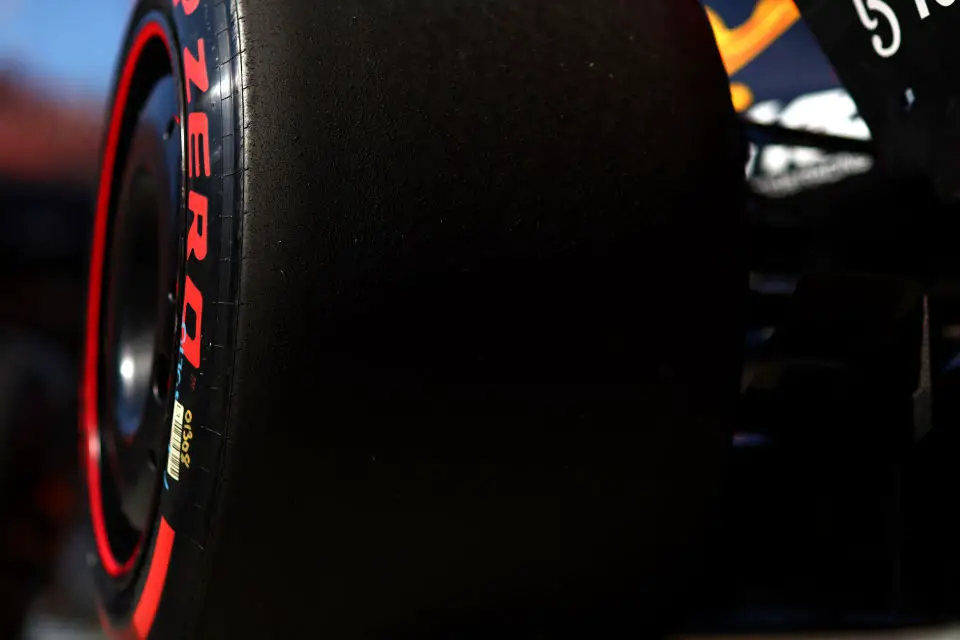Pirelli Focuses on Tire Innovation in F1 to Enhance Race Performance
In a significant move for Formula 1, Pirelli has announced its intention to develop new tire compounds aimed at enabling drivers to push harder in races. This initiative comes as a response to the challenges posed by tire temperature management and the recent F1 commission meeting’s decision to scrap the tire blanket ban.
Key Takeaways:
- Pirelli’s Future Plans: Pirelli’s primary goal is to create tires that allow drivers to focus on racing rather than managing tire temperatures. Their development tests in 2024 aim to produce a new generation of compounds, focusing on reducing overheating.
- Impact of Scrapping Tire Blanket Ban: The F1 commission’s decision to scrap the tire blanket ban by 2025 is a positive development for Pirelli. It allows the tire manufacturer to concentrate on addressing the overheating issue, rather than balancing warm-up characteristics with performance.
- Overheating Concerns: Pirelli’s F1 chief engineer, Simone Berra, emphasized that overheating is not a construction issue but relates to the rate of wear and tear. The plan includes analyzing the 2023 data to understand the increased overheating effect and developing compounds that help in reducing this issue.

Pirelli, the tire supplier for Formula 1, is taking a bold step forward with its plan to encourage drivers to push their limits during races. This strategy is designed to shift the focus from managing tire temperatures to enhanced racing performance. By conducting development tests throughout 2024, Pirelli aims to introduce a new generation of tire compounds that address the critical issue of thermal degradation, which has become increasingly problematic this season.
The recent F1 commission meeting played a pivotal role in shaping Pirelli’s strategy. The meeting resulted in the approval of scrapping the tire blanket ban for 2025, a decision that is seen as a boon for Pirelli. This change will allow the company to focus solely on the overheating issue, rather than having to engineer tires with additional warm-up characteristics.
Simone Berra, Pirelli’s F1 chief engineer, articulated the company’s objective clearly. Berra stated, “We know that we need to work in 2024 with development tests to produce a new generation of compounds. And this will be the target. We will continue to improve the reliability of the tyres in terms of structure, but the compounds will be the focus for our 2024 development plan, and we will work obviously more focusing towards the overheating.”
The analysis of this year’s data stands as the first step in this ambitious plan. Berra added, “We want to try to understand why, from 2022 to 2023, the overheating effect was higher. What was the reason? After this analysis, which we will do at the end of the season, we will try to understand where to work on the compounds to improve this aspect. Obviously, we would like to have drivers able to push as much as possible and not to be managing the tyre temperatures. This is the target from our side.”
Addressing the overheating issue, Berra clarified that it is not a construction issue with the tire itself. Instead, it’s more about the rate of wear and tear. Berra highlighted the need to distinguish between real overheating and a lack of grip due to other factors like wear, graining, or other reasons. He emphasized the importance of working on both the compound and the structure of the tire to ensure a balanced approach to solving the overheating problem.
In summary, Pirelli’s efforts to innovate and develop new tire compounds for Formula 1 mark a significant step towards improving the overall racing experience. By focusing on reducing overheating and enhancing tire reliability, Pirelli is set to contribute substantially to the evolution of Formula 1 racing dynamics.

